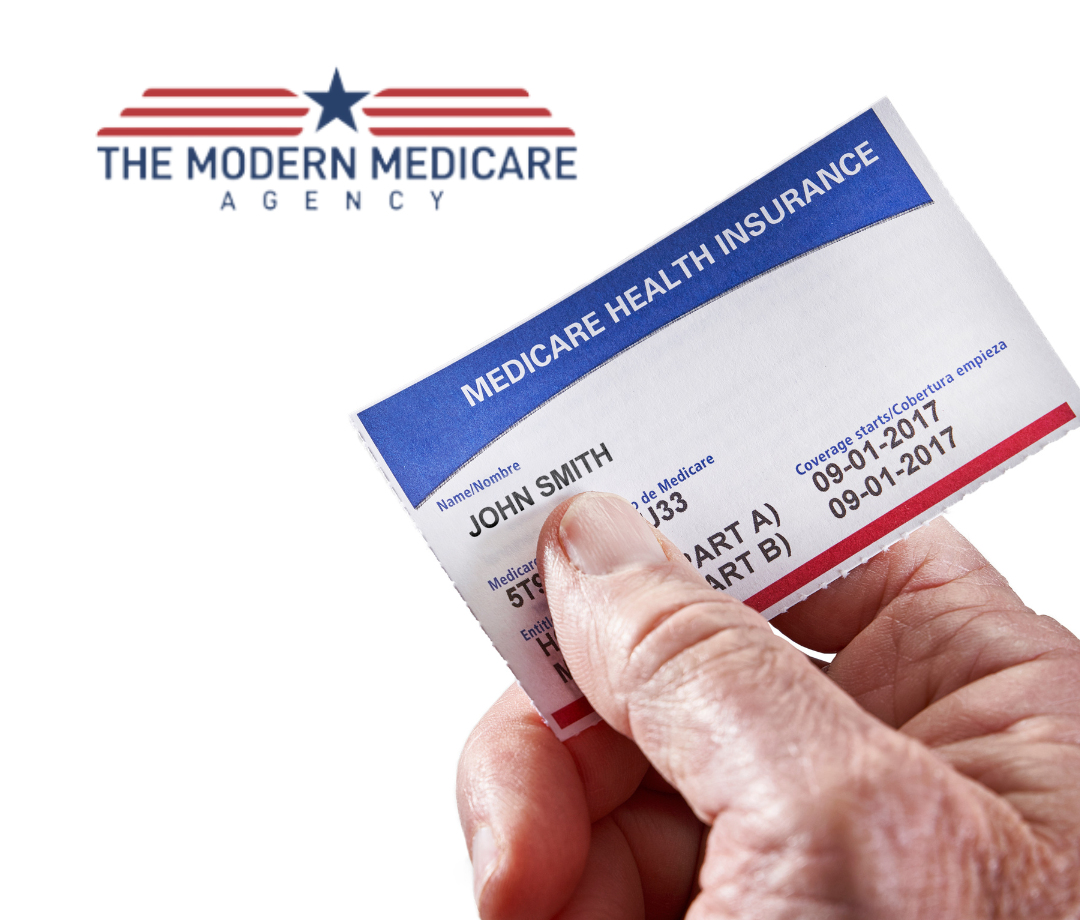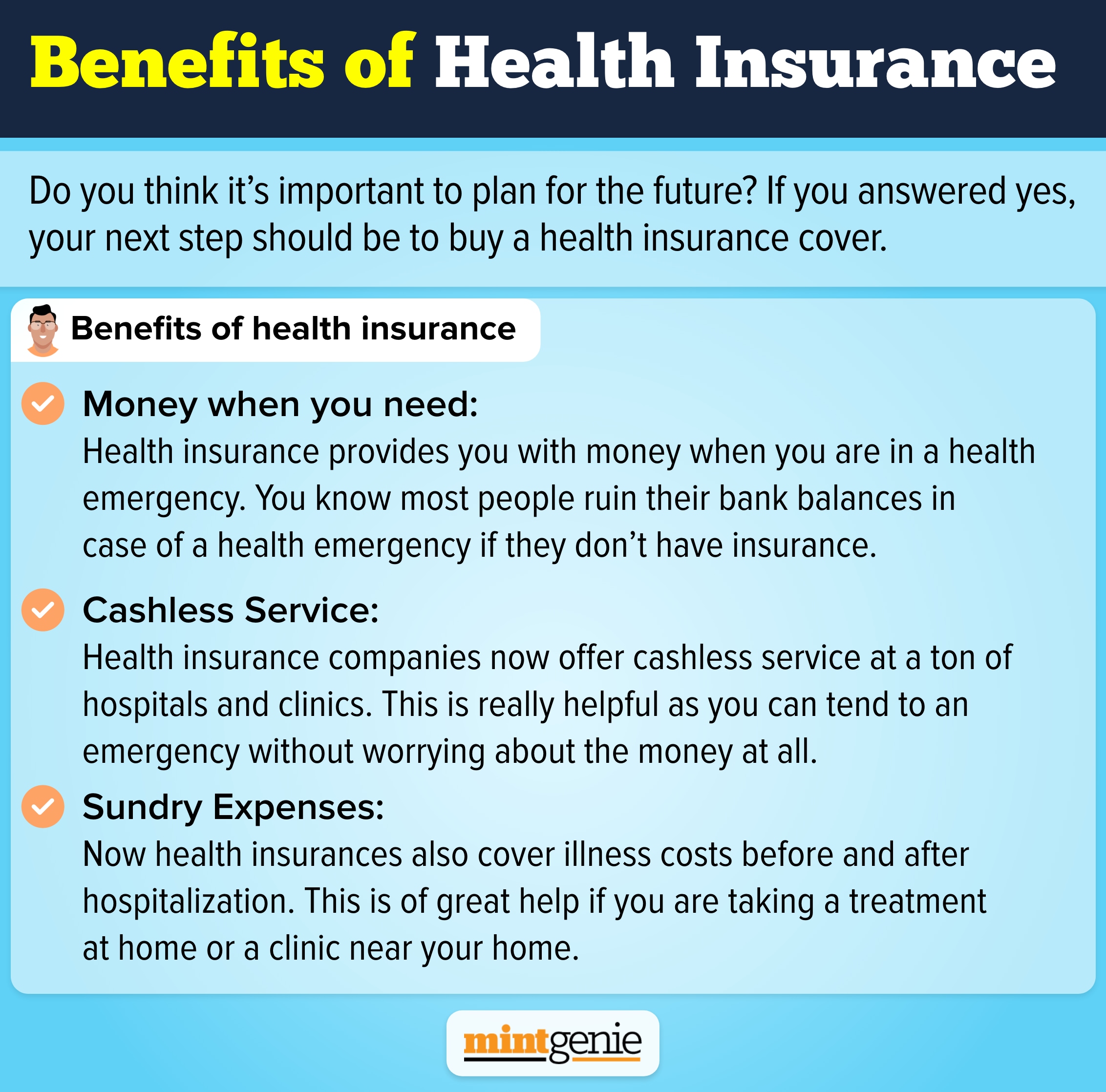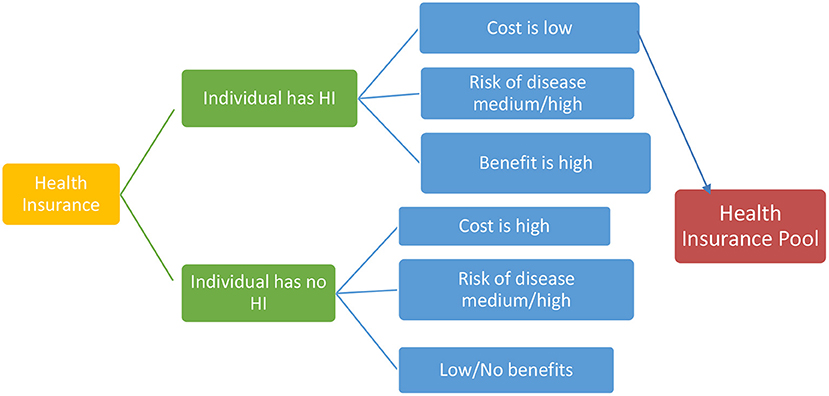Medicare Advantage Agent for Dummies
Medicare Advantage Agent for Dummies
Blog Article
All About Medicare Advantage Agent
Table of ContentsGetting My Medicare Advantage Agent To Work3 Easy Facts About Medicare Advantage Agent ShownSome Known Factual Statements About Medicare Advantage Agent


follows from confusing the perplexing young age profile of account uninsured with the better health, wellness average, standard younger persons. For those without access to workplace health insurance policy, bad health is a prospective obstacle to buying nongroup insurance coverage due to the fact that such coverage may be extremely priced, omit preexisting conditions, or be merely unavailable. Unless otherwise kept in mind, national estimates of individuals without health insurance policy and proportions of the population with different kinds of insurance coverage are based on the CPS, the most extensively used source of price quotes of insurance protection and uninsurance rates.

Medicare Advantage Agent for Dummies
Over a three-year period beginning early in 1993, 72 million people, 29 percent of the U.S. populace, were without insurance coverage for a minimum of one month. Within a single year(1994), 53 million individuals experienced at the very least a month without insurance coverage(Bennefield, 1998a). 6 out of every 10 without insurance grownups are themselves utilized. Although working does improve the possibility that a person and one's relative will have insurance coverage, it is not a guarantee. Also members of families with 2 full-time wage earners have virtually a one-in-ten possibility of being without insurance (9.1 percent without insurance price)(Hoffman and Pohl, 2000 ). The partnership between medical insurance and accessibility to care is well developed, as recorded later in this chapter. Although the partnership between health insurance and wellness outcomes is neither straight neither basic, a comprehensive clinical and wellness services research study literature links health insurance policy coverage
to enhanced accessibility to care, better top quality, and boosted personal and populace health and wellness standing. The second report, on personal health and wellness end results for without insurance adults, is stood for by the innermost circle of the number, while the 3rd record, on family well-being, encompasses the topics of the second report but emphasizes a various unit of evaluation, namely, the family. The sixth report in the series will certainly offer details about approaches and efforts taken on in your area, statewide, or across the country to resolve the lack of insurance policy and its adverse effects. Levels of analysis for taking a look at the results of uninsurance. This discussion of medical insurance coverage focuses mostly on the U.S. populace under age 65 due to the fact that practically all Americans 65 and older have Medicare or other public protection.
Additionally, it concentrates particularly on those without any wellness insurance for any size of time. The troubles encountered by the underinsured remain in some aspects similar to those faced by the without insurance, although they are normally much less severe. Uninsurance and underinsurance, nonetheless, involve clearly different plan concerns, and the methods for resolving them might differ. Throughout this research study and the five records to comply with, the main emphasis gets on individuals without wellness insurance coverage and hence no assistance in spending for wellness treatment past what is available via charity and safeguard institutions. Wellness insurance policy is a powerful variable influencing receipt of treatment because both individuals and medical professionals react to the out-of-pocket cost of solutions. Medical insurance, nonetheless, is neither essential nor enough to get to clinical services. However, the independent and direct impact of health and wellness
insurance protection on accessibility to health solutions is well developed. Others will certainly acquire the healthcare they need even without medical insurance, by paying for it out of pocket or seeking it from carriers who offer care totally free or at very subsidized prices. For still others, health and wellness insurance coverage alone does not guarantee invoice of care due to the fact that of various other nonfinancial obstacles, such as an absence of wellness treatment companies in their area, minimal access to transport, illiteracy, or linguistic and cultural distinctions. Official study regarding without insurance populations in the USA dates to the late 1920s and early 1930s when the Board on the Price of Treatment generated a series of reports concerning funding physician office brows through and hospitalizations. This concern became salient as the varieties of medically indigent climbed during the Great Anxiety. Empirical researches continually sustain the link between access to care and improved health outcomes(Bindman et al., 1995; Starfield, 1995 ). Having a routine resource of treatment can be thought about a forecaster of gain access to, instead of a straight measure of it, when health outcomes are themselves utilized as accessibility signs. This extension of the concept of gain access to measurement was made by the IOM Board on Monitoring Gain Access To to Personal Wellness Treatment Provider(Millman, 1993, p. Whether parents are insured appears to impact whether their youngsters get treatment along with just how much careeven if the youngsters themselves have protection(Hanson, 1998). The wellness of parents can influence their ability to look after their kids and the degree of family anxiety. Bothering with their kids's accessibility to care is itself a resource of see here stress for moms and dads. 3 phases adhere to in this report. Chapter 2 supplies a review of just how employment-based medical insurance, public programs and private insurance coverage operate and connect to offer considerable but insufficient protection of the united state population. This consists of a review of historical patterns and public laws impacting both public and exclusive insurance, a discussion of the communications amongst the different kinds of insurance policy, and an assessment of why people move from one program to one more or finish up

Report this page